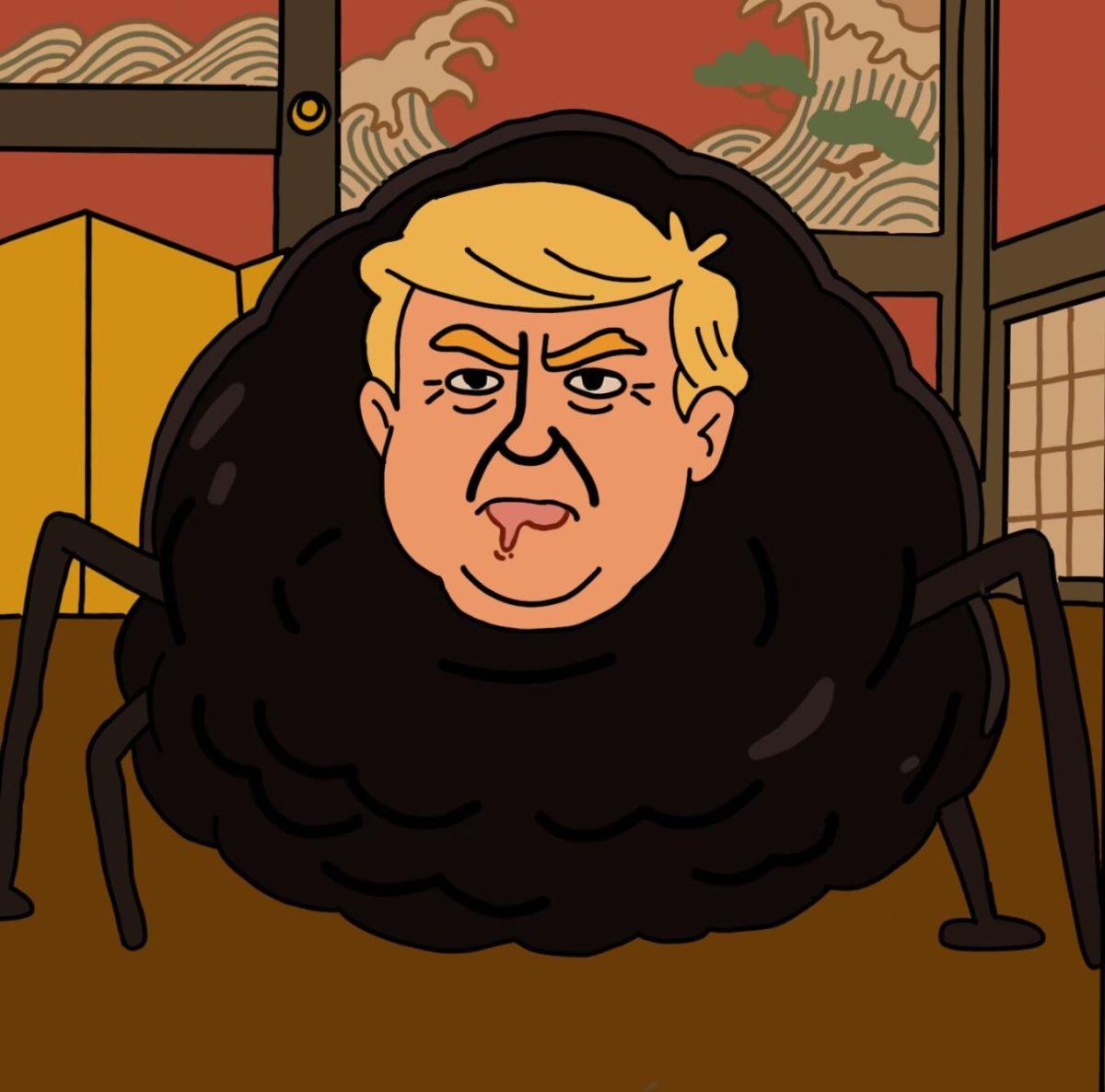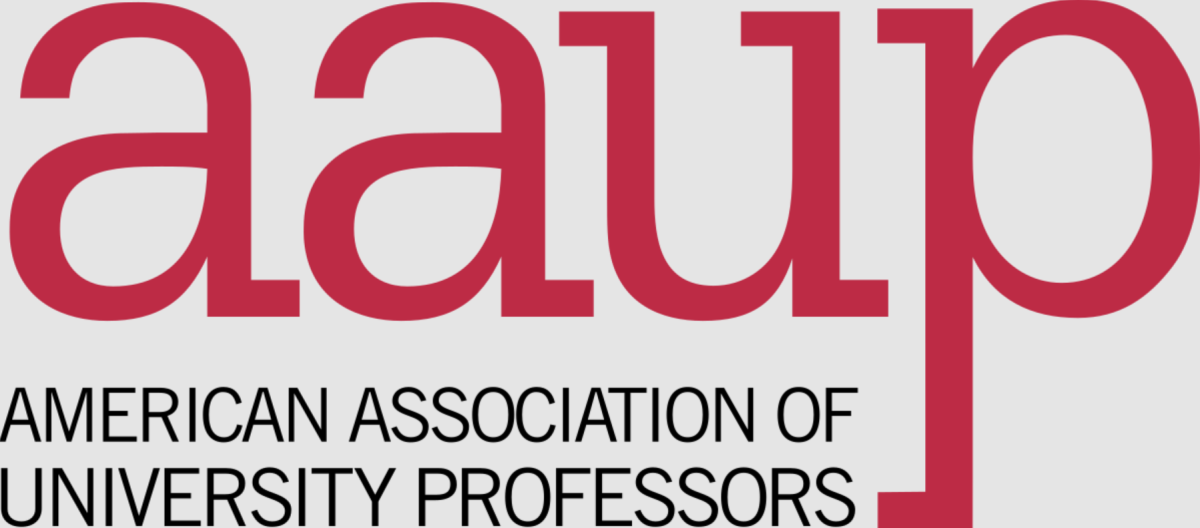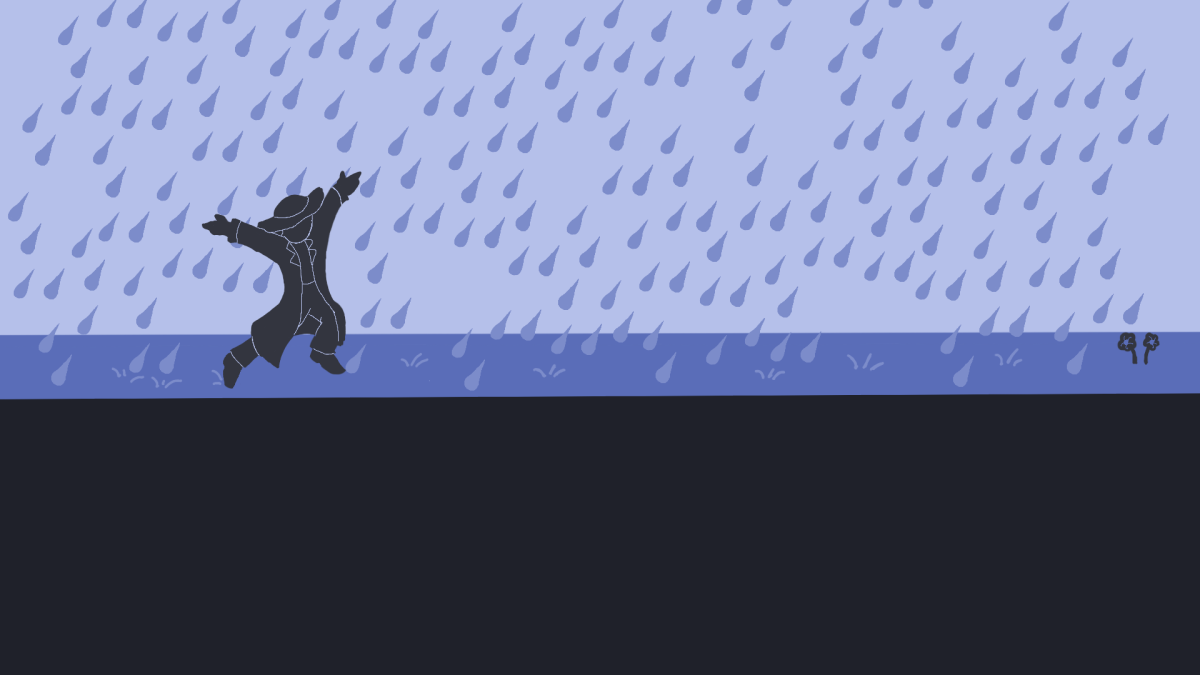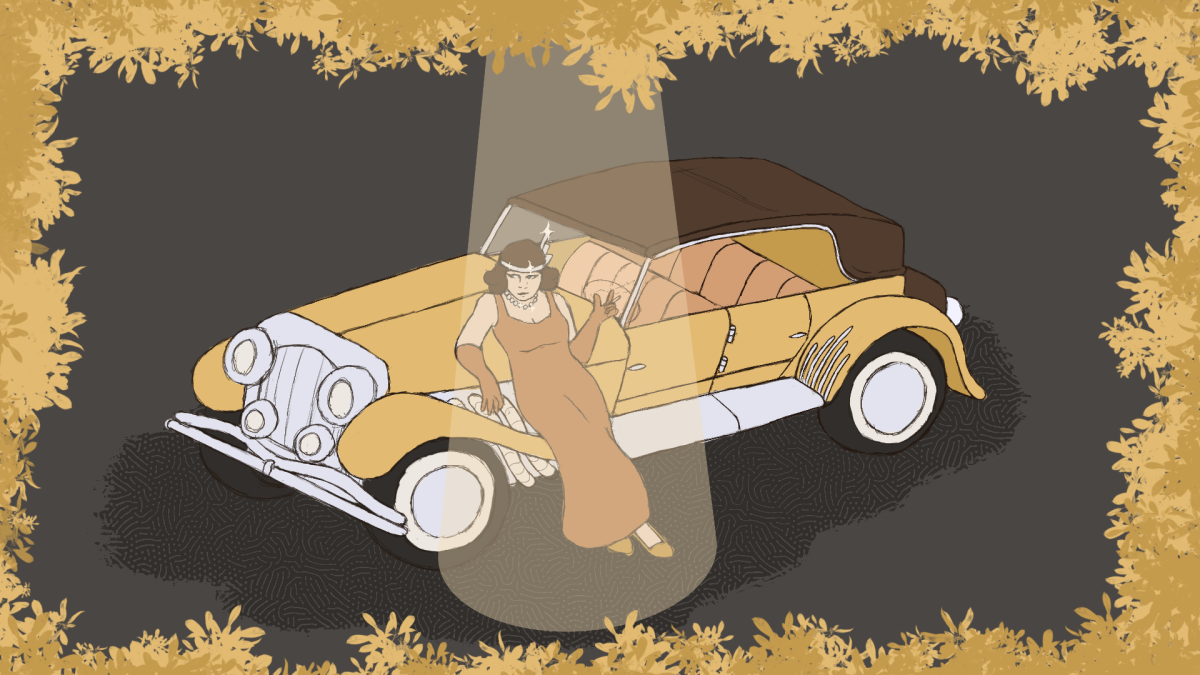It is white and can be sold in crystalline form or as a powder. It negatively affects millions of people each year, is seriously unhealthy to light users and dramatically affects the health and lives of heavy abusers. It is one of the most addicting substances ever known to mankind, and its mass production has led to a cycle of substance abuse that is difficult to break—not to mention the list of withdrawal symptoms that plague the recovering addict. It is linked to massive amounts of government spending and costs the consumer a great deal of money each year. Yet, despite all of this, it is completely legal to ingest in high, high amounts. After all, it is just sugar.
Here in the United States, we subscribe to a perception of drugs that can be best demonstrated by Merriam-Webster’s definition of what a drug is: “an illegal and often harmful substance (such as heroin, cocaine, LSD, or marijuana) that people take for pleasure.” Notice that this definition immediately excludes anything legal and applies a powerful negative connotation to anything that is classified as a drug. This causes problems when we need to define and understand other substances that have similar characteristics to what we say are drugs.
We generally call whatever chemicals our society deem to be socially acceptable by their names rather than label them as “drugs”; these socially acceptable substances typically have a positive connotation. Take sugar, for instance—we love it! We hardly go so far as to label it a drug. Caffeine helps get us through our day and be productive. Approved medications and prescriptions serve a variety of important roles in helping patients. We even separate alcohol from other drugs in our speech when we say “drugs and alcohol.”
Nicotine has been gradually working its way toward the “bad” drug category as our society learns more about its negative effects. Though, the fact that it is legal and still generally separated from the typical drug category says a lot about our society’s past and how we compartmentalize “good,” or acceptable, drugs from “bad” drugs.
At this point, you might be thinking, “Wait a minute, there is a very big difference, because sugar, caffeine and even alcohol are generally less harmful than other narcotics.” While this can be argued, the point is to understand that regardless of the severity of the effects, they all share similar characteristics in a way that we do not commonly address. A better definition for what a drug is comes from the Oxford Dictionary, a drug being “a medicine or other substance which has a physiological effect when ingested or otherwise introduced into the body.”
Sugar, caffeine, alcohol and medications are like cocaine or heroin in that they all produce physiological effects in similar ways. They are all consumed, have a “come-up,” a period of sustained effects, and then a comedown. If any of these substances are abused, then the user risks becoming addicted.
Our country has a drug problem, and it has nothing to do with what we consider to be the worst narcotics. Heart disease, stroke and diabetes are among the leading causes of death and, funny enough, are also all linked to sugar consumption. Yet we chug down sodas, shovel cookies and sweets down our throats and throw extra sugar in just about every packaged product you can find. All because we refuse to believe that sugar, in large quantities, can be just as dangerous as other illegal substances.
We are deceiving ourselves by pretending sugar is not a drug as we frequently define the concept, or that caffeine, alcohol and other legal pharmaceuticals are completely different from street chemicals. Of course, eating some sweets every now and then is not going to kill you. The ultimate goal in thinking of these substances as drugs is to remember to practice moderation. In the same way that an adult may only drink alcohol on the weekends, we should also limit our excess sugar or caffeine intake to only a few days a week.
If we learn to have respect and show responsibility in our use of drugs, then we may begin to reduce some of the greatest problems affecting society today. The best thing to do is understand how each drug affects you and make decisions about your consumption and habits. Some drugs are so harmful that they should never be used, while others, like sugar, are OK in small, controlled portions. So with this new concept in mind, what is your drug of choice?













